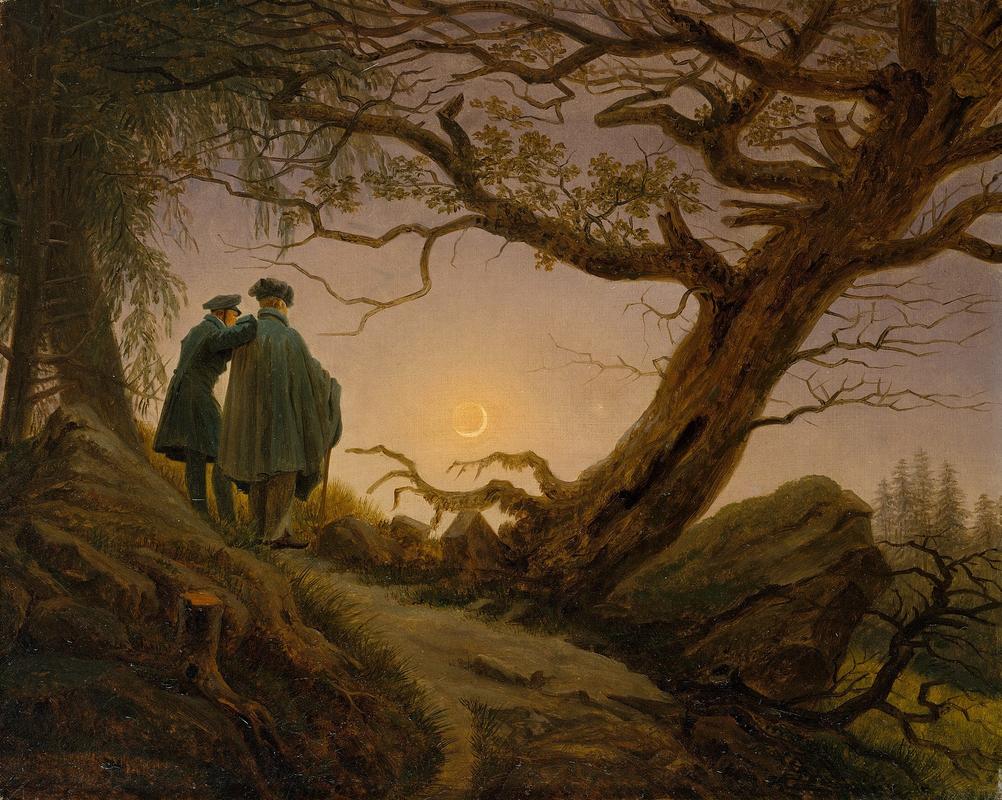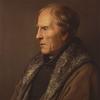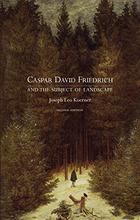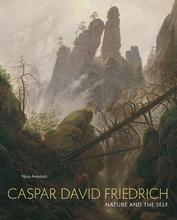More about Two Men Contemplating the Moon
- All
- Info
- Shop

Contributor
The dapper fellows in Two Men Contemplating the Moon look like they’re waiting, and rather patiently, for something to appear before them.
Perhaps they were familiar with the Chinese folklore of a rabbit on the moon and thought being in the forest might heighten their chances of seeing the lunar hare. Maybe they are werewolves counting down the days till their next leconthropic outing. Yet, the way the figure on the left leans inward, with his hand gently on his friend’s back, suggests that they might be looking into the wood for something else. Legend has it that Samuel Beckett was inspired to write his seminal play Waiting for Godot after first seeing this painting. That’s it; they’re waiting for Godot!
If you bold those first three letters, Caspar David Friedrich would be hard pressed to disagree. He was an avid Christian, and follower of the German philosopher Schelling. Schelling believed that God was to be perceived in plants and animals, as they were extensions of his soul. Friedrich himself wrote that the duty of the artist was to be the intermediary between God and man, because man could not understand the mystery of nature and God without the spiritual insinuations of art.
The moon, which is given primary attention in this painting, is certainly one of the most mysterious objects of nature. Curiously, Friedrich was one of the few artists of his time (the early 19th Century) who attempted to capture moonlight; in fact, he was positively obsessed with it. Sun-baked scenes are few and far between in his quite expansive collection of landscapes. Friedrich was far more interested in the pale light of a crescent moon looking over a yawning landscape.
Here, the moon is presented less like a planetary body of interest than it is an object of enchantment. Look at how uninterested the figures are in us, the viewer, their back turned and all. This is an art device called rückenfigur, a German phrase that quite literally translates as “back figure”. This is a device frequently used by Friedrich, and leads the viewer to contemplate the landscape with an open meaning. We don’t know the mood of the figures, but rather the mood of the landscape, which always seems to elude a single definition. It’s quite cool. Give yourself some time simply looking at it. If not spiritual, the painted plane does feel magical.
On the fashion of these two men, which seems to land somewhere between philosopher and postmaster fare, it is important to note that the dress was part of what is called the altdeustche Tracht. That was an old type of national dress in Germany that carried nationalistic sentiment. By the time of the painting’s release in the 1820’s, the dress had been banned, which provides this painting with a political interpretation for Friedrich. In fact, he and his friend August Heinrich have been identified as the two men contemplating the moon, with Friedrich himself being a nationalist who was beyond happy when Napoleon capitulated in 1815, meaning the German people were no longer under French influence.
This painting remains one of his most famous compositions. It also fits in the category of paintings with multiple versions of it, three in total, with one featuring a man and woman instead. Can you imagine repainting a composition entirely just to slighly change color, tone, and a single figure? We’re spoiled with photoshop these days. Let’s contemplate that for awhile.
Sources
- Amstutz, Nina. "Caspar David Friedrich and the Aesthetics of Community." Studies in Romanticism 54, no. 4 (2015): 447-75. http://www.jstor.org/stable/43973932.
- Siegel, Linda. "Synaesthesia and the Paintings of Caspar David Friedrich." Art Journal 33, no. 3 (1974): 196-204. doi:10.2307/775782.
- Schneider, Eva Maria. Herkunft Und Verbreitungsformen Der "Deutschen Nationaltracht Der Befreiungskriege" Als Ausdruck Politischer Gesinnung. PhD diss., Diss. Universiẗat Bonn, 2002.
- "Old Romantics Tug at the Heart." helnwein.com Accessed April 2019. http://www.helnwein.com/press/selected_articles/article_3595-Old-romant….













